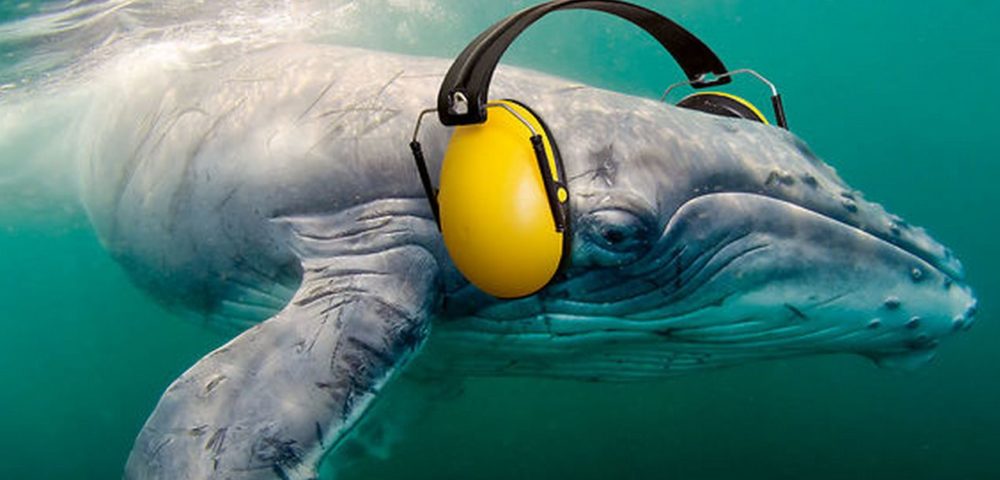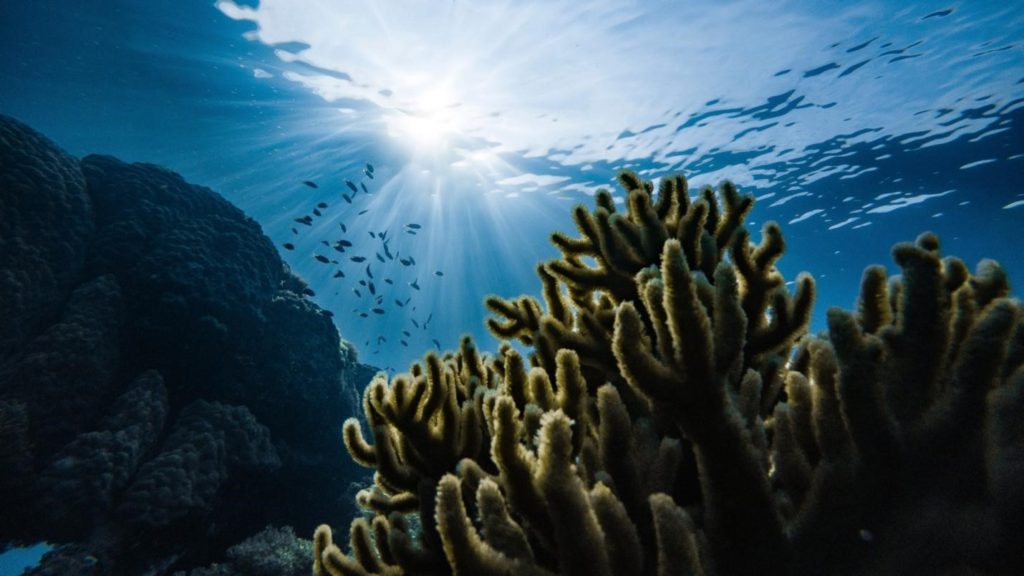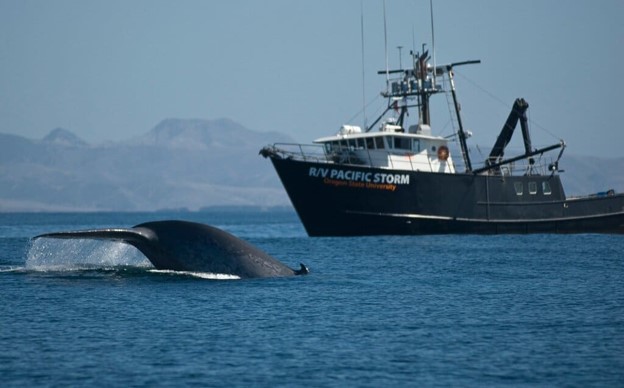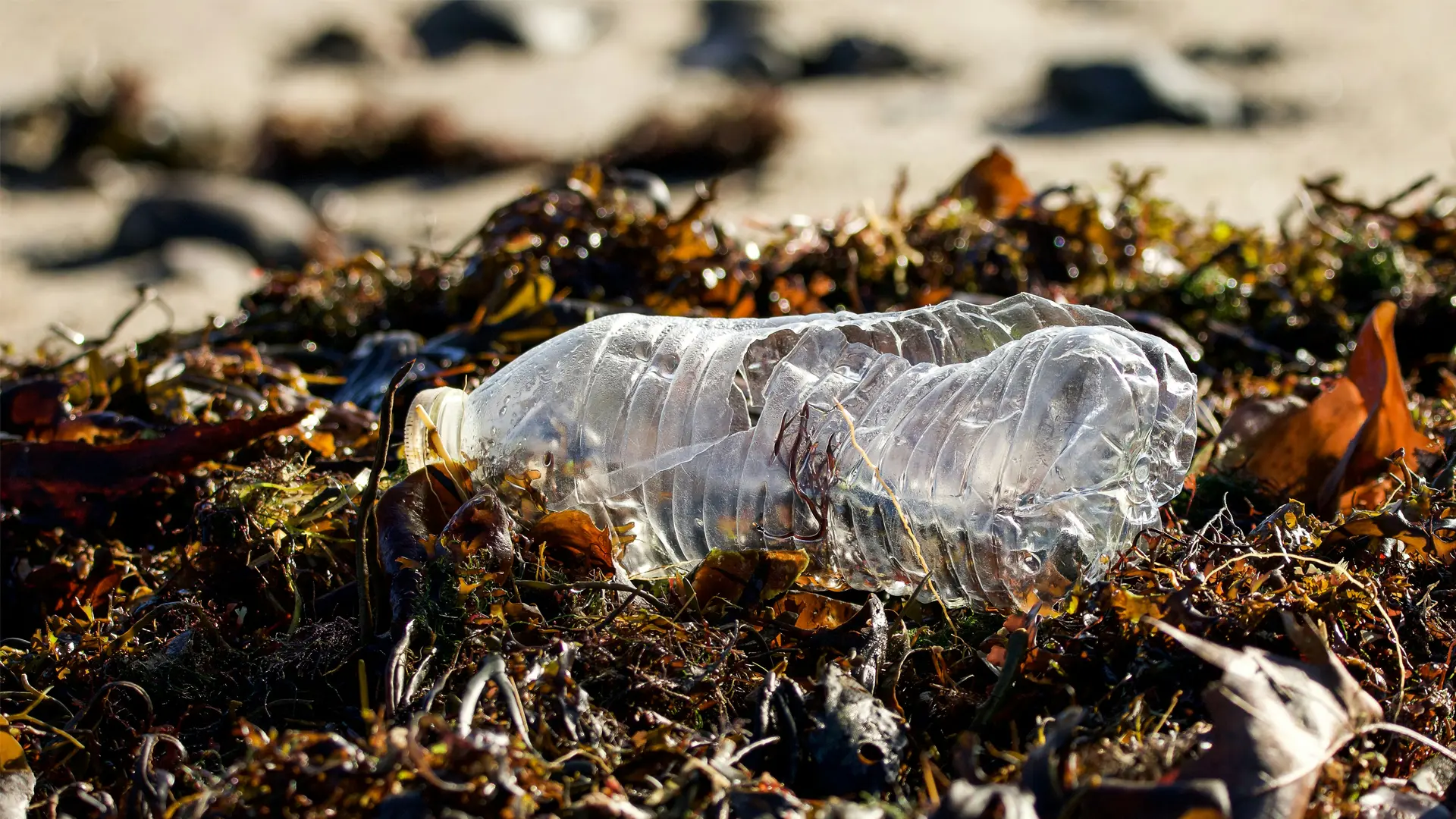
By Kasumi Gunasekera

Over the last several decades, noise pollution in the ocean has dramatically increased. This situation is extensively damaging the marine environment since many marine species are highly dependent on sound for their survival. This has caused disturbances to their regular routines, and certain incidents have been reported to be lethal as well. The identification and prevention of sound pollution have been initiated in different parts of the world with research and studies. It is vital to take effective measures to minimize such impacts on the marine environment and the ecosystem-wide effects of sound pollution.
How Does Marine Life Use Sound?
Most marine animals are very sensitive to sound and low-frequency noise. They use sound for most of the essential life functions including navigation, communication, foraging, reproduction, feeding, and avoiding hazards. The sound is transmitted effectively underwater, covering large areas while the vision is only useful for tens of meters underwater. Therefore, it is not surprising that sound has become an evolutionary key sense for marine life.

Sound Pollution in Marine Environment
Sound pollution happens in different ways and is threatening the natural soundscape of the marine environment. It is an addition to the prevailing problems in the marine environment such as global warming, over-fishing, and plastic and other waste pollution. According to current studies, low-frequency sonar, which is used to detect submarines, could affect marine life over an area of about 3.9 million square kilometers. Seismic air-gun noise from oil and gas exploration is another key cause of noise pollution which can be the loudest part of the background noise heard underwater even if it is about 3,000 kilometers away. Other discoveries suggest that underwater background noise levels have doubled every decade for the last several decades, mostly due to commercial shipping in certain areas. The explosions and ongoing constructions are also contributing to sound pollution, damaging marine wildlife.
Would They Adapt to the Noise Changes?
The oceans are naturally noisy environments due to various reasons including wave noise, rainfall, and lightning strikes. Therefore, it is possible to assume that marine animals can adapt to the noise and its trends. Even though such adaptations are assumed, it is only possible to expect adapting for natural noise sources which are commonly encountered over evolutionary time. It would not apply to anthropogenic (human-made) underwater noise, which is a relatively recent addition to the marine environment.

Impact on Marine Environment
The disrupting sound, or noise in marine environments, can potentially prevent or disturb different routines of marine animals because noise can blanket a very large area. Several studies have been conducted to identify the impacts of sound pollution on marine animals, where the reduced population of several species has been identified. In a studied beaked whale population, there was a remarkable decline in population numbers for years after a sonar-induced stranding which implies that most of the population was either displaced or killed.
Hearing loss and damage may be as serious as lethal impacts from sound pollution because they may affect more animals even though it is harder to detect. Seismic air guns have been shown to extensively damage fish ears at distances of 500 meters up to several kilometers. The moderate levels of noise have been enough to cause temporary hearing damage for some species of fish, requiring weeks to recover their hearing ability. The interference and masking of signals due to noise can cause animals to miss hearing the sounds, resulting in survival consequences for the species.
Furthermore, whales have moved away from their feeding and breeding grounds, have altered their migration route, and have changed their signals. They have blundered into fishing nets or were unable to avoid ships, most likely due to hearing damage because of noise. The beaked whales exhibited an estimated decrease in their foraging efficiency during disturbing noise levels. Bluefin tuna have shown a disruption in their swimming behavior with noise from boats, as well as an increase in aggressive behavior. Several marine species including reef fish need to be able to hear aspects of reef noise to select suitable habitats. This has also been impacted by noise pollution.

Noise in the form of naval sonar or seismic surveys can be deadly to cetacean (whales and dolphins) species in some incidents. Whales have been found to be dead within hours, by stranding or death at sea, from even brief exposure to moderate levels of mid-frequency military sonar. Since the emergence of powerful sonar, such incidents have been quite frequent. Even giant squids have mass-stranded due to seismic air guns according to a study, and they all suffered internal injuries.
The early fish or marine mammals are also sensitive to noise which would increase the noise impact on marine populations in the future as well. The heart rates of certain early life were found to increase significantly with noise exposure. These species have exhibited a more difficult time finding suitable settlement habitats and are likely to suffer from increased mortality as a result.
Invertebrates which are animals lacking a backbone, such as an arthropod, mollusks, annelids, and coelenterates are also potentially impacted by ocean noise. Such species have shown deviations in metabolic rate, growth, reproduction, signs of stress, and bruised organs even under low-level exposure to noise.

A study suggests a decline in cetacean (whales and dolphins) species diversity with an increase in the intensity of seismic survey activity, where there was no significant change in other oceanographic conditions. According to the prevailing studies, at least 24 cetaceans species, 3 seal species, 21 fish species, 5 invertebrate species, and 2 marine turtle species have shown negative responses to noise. Noise is listed as an intrusion and it is one of the impacts that can result in a substantial loss of biodiversity over time not only in sensitive marine habitats but also in other areas too.
Conclusion
The impacts of noise can cause marine life to deviate from their routines and encounter novel challenges. Many different noise sources can also cause a magnified effect such as when seismic noise is merged with shipping noise. This disruption to marine biodiversity with undersea anthropogenic noise is concerning and the noise levels are still rising. Therefore, this issue must be resolved and managed nationwide and globally with a precautionary approach and regulations to conserve biodiversity and the marine ecosystem.
Cover photo: Ocean Care

Technological Interventions for Sustainable Coastal and Marine Management in Sri Lanka
By Hansi Perera Sri Lanka’s coastal and marine ecosystems face significant threats due to rapid urban development, climate change, and unsustainable fishing practices. To effectively

Climate Change Impacts on Fisheries and Aquaculture in Sri Lanka
By Moira Alfred Sri Lanka, a tropical nation near the equator, is heavily reliant on its fisheries and aquaculture industry. However, this island, renowned as

The Plastic Journey: From Oceans to Plates – Unveiling the Invisible Threat
By Dilshani Maralanda Plastic pollution has become a serious global issue, transforming our beautiful, biodiversity-rich oceans into vast dumping grounds. Unlike natural materials, plastics are
